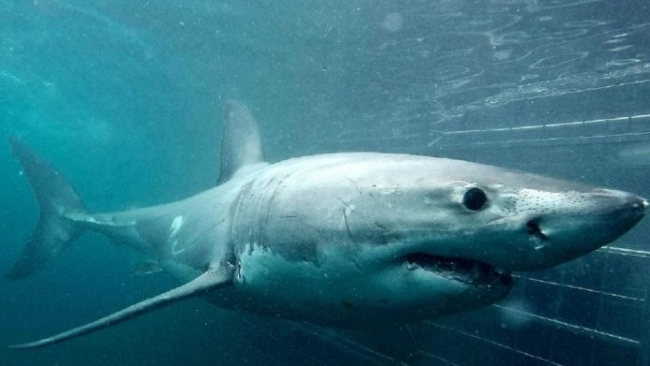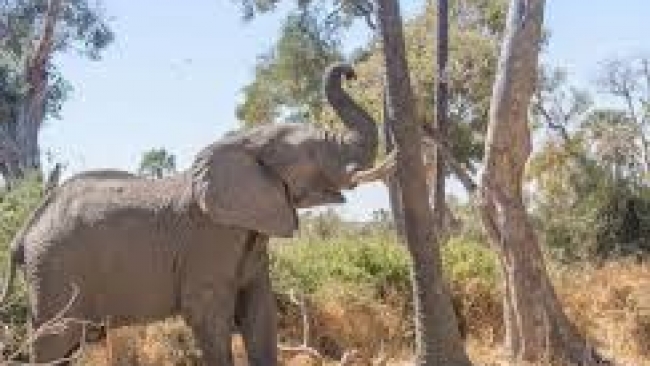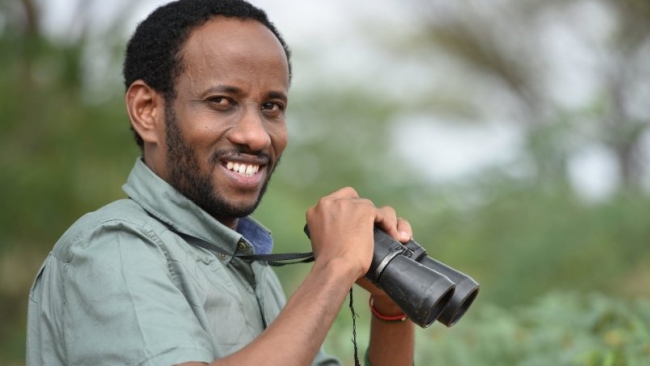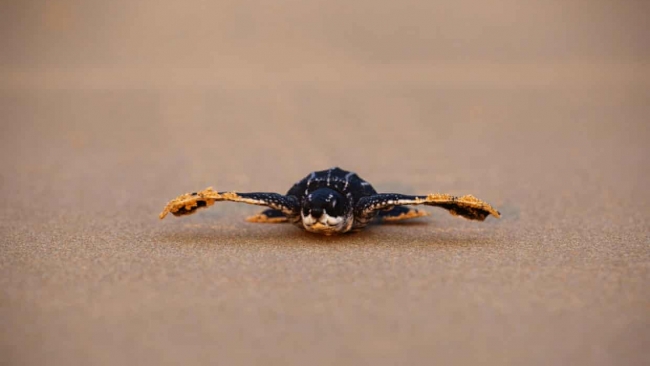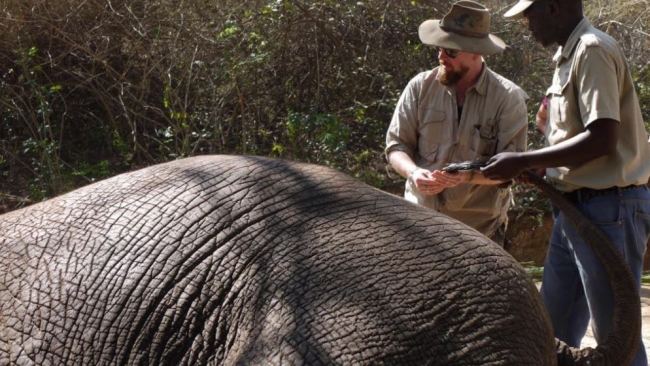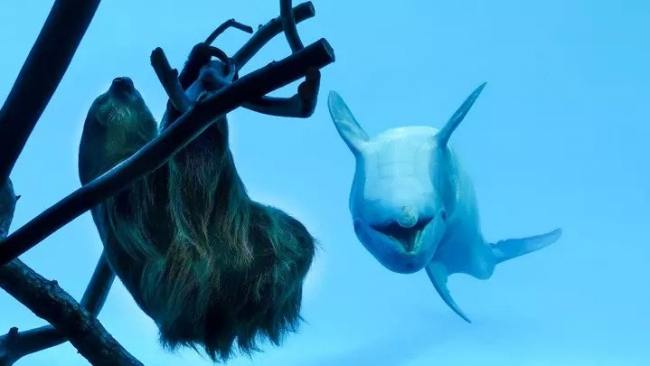Wildlife tourism funds many a conservation effort throughout the world, and without it, a bleak picture is unfolding:
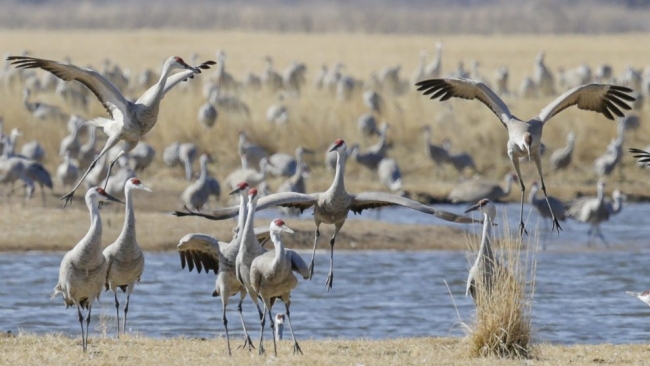
On March 12, an estimated 541,000 sandhill cranes were nestled along the Platte River Valley near Kearney, Nebraska. Nearby, hundreds of people huddled in riverside blinds with cameras and binoculars to watch as the birds stretched out their slender necks and showed off their red foreheads and penetrating orange eyes. Over the next month, the birds would continue to migrate along the Platte, eventually representing about 80 percent of the world’s sandhill crane population and the entire native population of the endangered whooping crane.
The crowds of tourists were just a start. In a normal year, about 40,000 people travel to Kearney between March and April to join popular crane festivals—a tradition that stretches back to the 1970s. “This migration is completely magnificent,” said Bill Taddicken, director of Rowe Sanctuary, a National Audubon Society refuge that contains protected crane migration grounds. “It’s something people have never seen before so it can create a very emotional tie.”
But on March 13, Rowe Sanctuary shut down due to the spread of COVID-19, canceling its tours and closing all trails. Other private crane viewing areas did the same. Soon, the only people passing through Kearney were visitors from nearby towns on quick driving tours near the Platte. The visitors couldn’t buy meals because many restaurants were shuttered. Most campgrounds were closed and few day-trippers risked getting hotel rooms. Overall, the town lost around $10 million in business from the crane tourists. Conservation groups also took big hits.
Read more at Mother JonesSource: Mother Jones
Mon 25 May 2020 at 14:31
